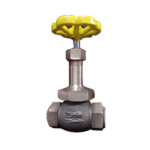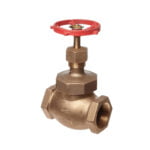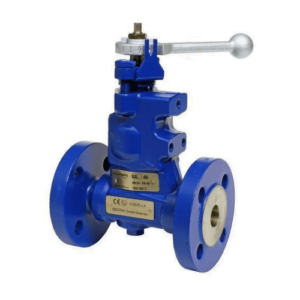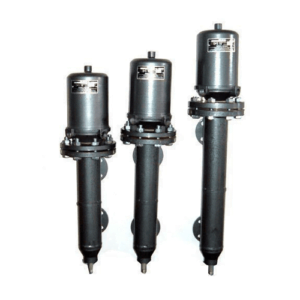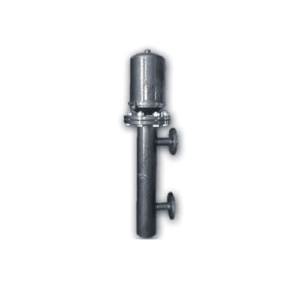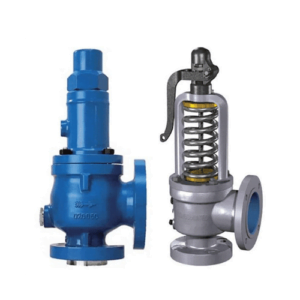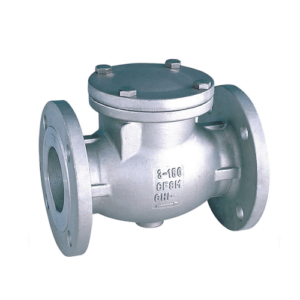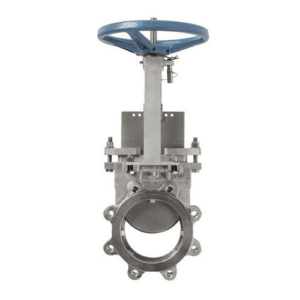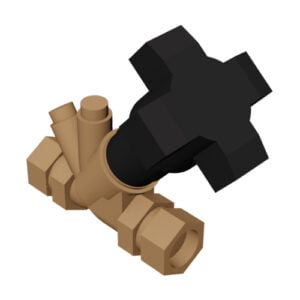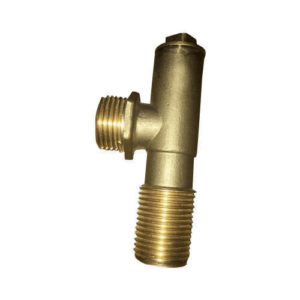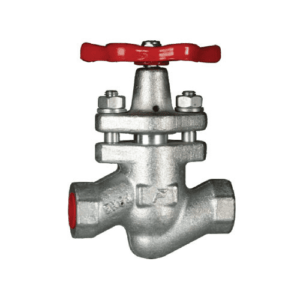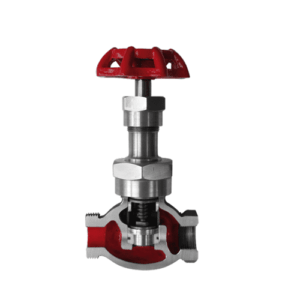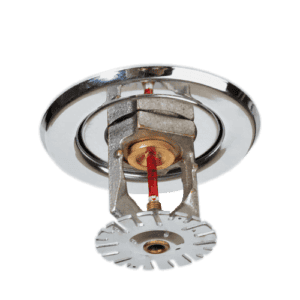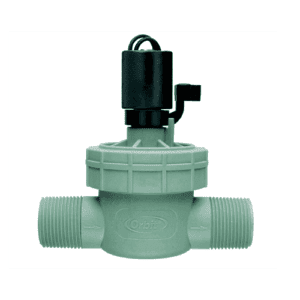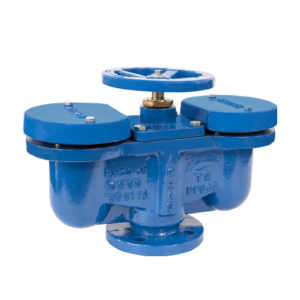| Operator: | Hand wheel operated |
| Body (MOC): | Bronze (Gun Metal) |
| End Connection: | Screwed End / Flanged End |
Bonnet Wheel Valve
Bonnet Wheel Valve: The cover for the opening sin the body is the bonnet, and it is the second most important boundary of a pressure valve. Like valve bodies, bonnets are in many designs and models available. A bonnet acts as a cover on the valve body, is cast or forged of the same material as the body. It is commonly connected to the body by a threaded, bolted, or welded joint. During manufacture of the valve, the internal components, such as stem, disk etc., are put into the body and then the bonnet is attached to hold all parts together inside.
Related Products
Fusible Plug: Essential Safety Component for Your System
Fusible Plug: A fusible plug operates as a safety valve when dangerous temperatures, rather than dangerous pressures, are reached in a closed vessel. In steam engines the fusible plug is screwed into the crown sheet (the top plate) of the firebox, typically extending about an inch (25mm) into the water space above it.
Mobrey Valve
Mobrey Valve: Mobrey is the name used for the Automatic water level controller, it comes under the category of mountings and fittings of Steam Boiler Assembly. As the name suggests, it is used for maintaining the water level in the Boiler shell. It is mostly used in smoke tube steam boilers not in water tube boilers, as the shell diameter of the former is greater than that of latter irrespective of their running capacities and working pressures.
Pressure Relief Valve: Reliable Pressure Control Solution
Pressure Reducing Valve: A relief valve or pressure relief valve is a type of safety valve used to control or limit the pressure in a system; pressure might otherwise build up and create a process upset, instrument or equipment failure, or fire.
Non Return Valve
A non-return valve, also known as a check valve, is designed to allow fluid to flow through it in only one direction. This type of valve is crucial for preventing the backflow of fluid, which could potentially cause damage or disrupt operation in systems like pumping stations, hydraulic systems, and water supply networks. Non-return valves automatically open under forward flow and close when the flow ceases or reverses, operating entirely by the pressure of the fluid being handled without the need for manual intervention. Their simple design and effective functionality make them indispensable in maintaining the integrity and efficiency of fluid control systems.
Knife Edge Valve
A knife edge valve, more commonly known as a knife gate valve, is designed for on-off and throttling services, handling slurries, viscous, corrosive, and abrasive media. This type of valve features a sharp blade, which helps it cut through thick liquids and sludge with ease, making it highly effective in industries such as wastewater treatment, mining, and paper manufacturing. The knife gate valve’s design allows it to provide a tight seal even when dealing with fluids that contain solids, thereby preventing leaks and ensuring efficient flow control. Its ability to handle high-density fluids and its robust construction make it a preferred choice for challenging industrial applications.
Reflux Valve
Reflux Valve: A check valve, clack valve, non-return valve, reflux valve, retention valve or one-way valve is a valve that normally allows fluid to flow through it in only one direction. Check valves are two-port valves, meaning they have two openings in the body, one for fluid to enter and the other for fluid to leave.
Reflux Valve Dealer and Distributor: Induskart is leading supplier and distributors in all types of Reflux Valve, Available brands are Leader, L&T, Audco, Kirloskar, Kartar, Zoloto, Sant, Sir etc. These valves are available in various types of moc like Bronze, Gun Metal, Forged Brass, Cast Steel, Cast Iron, Stainless Steel etc.
Gauge Cock
A gauge cock is a type of valve used primarily in conjunction with water level gauges to control the flow of fluids into the gauge. This valve allows operators to isolate the gauge from the vessel or pipeline system for maintenance or replacement without disrupting system operations. Gauge cocks are crucial in applications like boiler operations, where precise water level monitoring is essential for safety and efficiency. They typically feature a simple quarter-turn operation and provide a reliable means of sealing off the gauge from high pressures and temperatures.
Balancing Valve: Ultimate Guide to Choosing the Perfect One
A balancing valve is used to regulate the flow of fluid in heating and cooling systems to ensure optimal efficiency and comfort. It adjusts the pressure drop across the system and provides precise flow control, helping to maintain the correct balance of water flow between different branches of the system. This type of valve is essential in HVAC applications, allowing for the accurate calibration of flow rates to meet the specific demands of different zones or equipment within a facility, leading to energy savings and improved system performance.
Breather Valve
A breather valve, also known as a pressure-vacuum relief valve, is designed to manage the pressure inside storage tanks that hold volatile liquids or bulk materials. These valves open at a preset pressure or vacuum level to equalize pressure, preventing the tank from over-pressurizing or undergoing vacuum conditions that could lead to structural damage. They are critical for safety in industries like oil and gas, chemicals, and pharmaceuticals, where proper pressure balance is essential for operational safety and environmental protection.
Strainer Valve: Ensure Clean and Efficient Flow
Valve: Valves are for starting or stopping flow, regulating or throttling flow, preventing back flow or relieving and regulating pressure in fluid or gaseous handling applications. Common valve types include: Ball, Butterfly, Check, Diaphragm, Gate, Globe, Knife Gate, Parallel Slide, Pinch, Piston, Plug, Sluice, etc.
Strainer: Y-Strainers are devices for mechanically removing unwanted solids from liquid, gas or steam lines by means of a perforated or wire mesh straining element. They are used in pipelines to protect pumps, meters, control valves, steam traps, regulators and other process equipment.
Relief Valve: Trusted Solution for Pressure Management
Relief Valve: A relief valve or pressure relief valve is a type of safety valve used to control or limit the pressure in a system; pressure might otherwise build up and create a process upset, instrument or equipment failure, or fire.
Ferrule Cock
Ferrule Cock: Ferrule Cocks incorporate a packed gland spindle and have a union outlet for connection to all ferrule bends or adaptors. RMC TPFNR Ferrules are for under pressure tapping. They incorporate a non-return gunmetal jumper valve and a high-density polyethylene tapered closing plug.
Piston Valve
Piston Valve: A piston valve is a device used to control the motion of a fluid along a tube or pipe by means of the linear motion of a piston within a chamber or cylinder. Examples of piston valves are: The valves used in many brass instruments. The valves used in pneumatic cannons.
Sprinkler Valve: Optimal Water Flow Control Solution
Sprinkler: A sprinkler is a device used to spray water. Sprinklers are used to water plants or grass, or to put out fires in buildings. a device perforated with small holes that is attached to a garden hose or watering can and used to spray plants, lawns, etc.
Blow Off Valve
Blow Off Valve: A blow-off valve (BOV), dump valve or compressor bypass valve (CBV), is a pressure release system present in most turbocharged engines. Its main purpose is to take the load off the turbocharger when the throttle is suddenly closed.
Fire Hydrant Landing Valve: Reliable Fire Safety Solution
A Fire Hydrant Landing Valve, also known as a landing valve, is a crucial component in firefighting water supply systems. It provides an accessible means for the fire service to tap into the municipal water supply during emergencies. These valves are typically mounted on risers within buildings or on external fire hydrants, featuring a connection point for fire hoses. They are designed to withstand high pressures and allow for rapid deployment and control of water flow to combat fires effectively, ensuring quick and efficient response in critical situations.
Float Valve: Automatic Water Level Control Solution
Valve: Valves are for starting or stopping flow, regulating or throttling flow, preventing back flow or relieving and regulating pressure in fluid or gaseous handling applications. Common valve types include: Ball, Butterfly, Check, Diaphragm, Gate, Globe, Knife Gate, Parallel Slide, Pinch, Piston, Plug, Sluice, etc.
Float Valve: Float Valve is an adverse condition which can occur at high engine speeds when the poppet valves in an internal combustion engine valve train do not properly follow the closure phase of the cam lobe profile. This reduces engine efficiency and performance and potentially increases engine emissions.
Air Release Valve: Essential Guide for Optimal System Performance
An air release valve is a crucial component in pipeline systems, particularly in water and wastewater pipelines, designed to automatically release trapped air and gas pockets to optimize system efficiency and prevent damage. This type of valve is essential for maintaining the flow and pressure stability within the system. Air release valves help prevent issues such as air lock, hydraulic inefficiency, and pipe bursts caused by high pressure due to trapped air. They are commonly installed at high points along a pipeline where air naturally accumulates. Their operation improves the energy efficiency of the system and reduces the risk of premature wear and tear on pipeline components.




